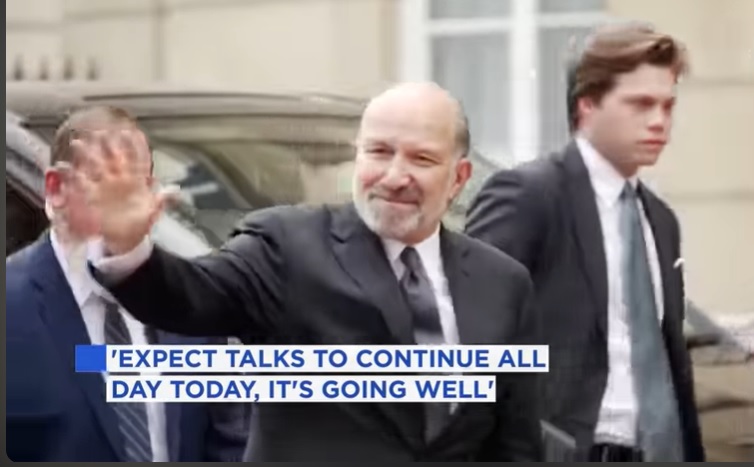LONDON: In a cautious move to defuse an oppressive trade conflict, U.S. and Chinese bureaucrats have consented to an agenda that would alleviate major export restrictions and resuscitate delayed tariff truce consultations.
While the move infuses new impetus into tense negotiations, entrenched differences still prevail that could imperil continuing stability.
London talks yield framework deal, but no final resolution yet
According to the latest Reuters report, after two days of deal-breaking discussions in London, U.S. Commerce Secretary Howard Lutnick established a provisional trade framework with Chinese representatives to resuscitate the delicate Geneva ceasefire decided in May. The framework intends to roll back reciprocal export restrictions, principally China’s limits on rare earth deliveries, and lays the groundwork for easing U.S. controls on semiconductor and aerospace exports.
“We have reached a framework to implement the Geneva consensus and the call between the two presidents,” Lutnick said. Nevertheless, the two parties must seek consent and endorsement from President Trump and President Xi before anything can be done.
Rare earths are at the core of the agreement
A vital breakthrough entailed China’s export restrictions on rare earth mineral deposits and magnets, significant gears in electric vehicles, and defence technologies. China’s near-domination of these resources had flustered supply chains since April. In response, the U.S. will likely ease certain punitive measures; however, specifics remain classified.
“Expect a balanced rollback,” Lutnick noted, signifying U.S. export limitations tied to rare earth supply distractions will be overturned as part of the arrangement.
Markets are cautiously optimistic amid continued uncertainty
Global markets responded with controlled optimism. Asia-Pacific shares somewhat increased, with MSCI’s extensive index ticking up 0.57%, indicating relief, but also doubt.
“The devil will be in the details,” said Chris Weston of Pepperstone. “Investors have seen this dance before, and until solid commitments are outlined, caution will prevail.”
Notwithstanding the framework, the danger of a tariff revival remains. Lacking an all-inclusive agreement by Aug 10, tariffs could forcefully rebound, from 30% to 145% for U.S. imports from China, and up to 125% on the Chinese side.
Underlying issues still divide Washington and Beijing
While the London dialogues revitalised optimism and confidence, fundamental disagreements remain unsettled. The Trump government’s one-sided tariffs, U.S. accusations against China’s state-led economy, and struggling export bans remain fueling tensions.
“The framework keeps Geneva from falling apart, but they’re still far from a durable solution,” said Josh Lipsky of the Atlantic Council. “They’re back to square one—but that’s better than square zero.”
Further confounding the landscape is the current decision of the U.S. appeals court, which allows Trump’s all-encompassing tariffs to remain in force, keeping pressure on Beijing. Temporarily, fresh data revealed a 34.5% reduction in Chinese exports to the U.S. in May, the sharpest drop since the early pandemic days, stressing the risks for both economies.
With the clock ticking, all eyes now turn to Washington and Beijing for leadership-level pronouncements that could either strengthen or ruin the progress made.

